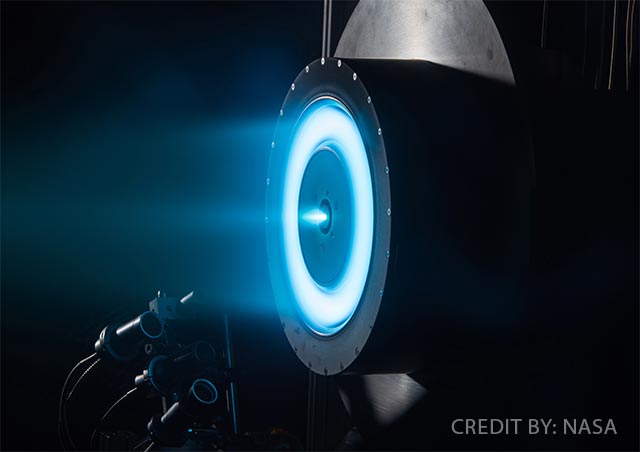Engineers developing low tech solutions to prevent waterborne illnesses in stagnant municipal water systems
04/23/2018 / By Tracey Watson

Virtually every adult in America is aware of the disaster in Flint, Michigan, in which over 100,000 residents were exposed to dangerously high levels of lead in their drinking water, after the source of that water was changed to the Flint River and the water was not properly treated. What many of us are not aware of, however, is that the Flint disaster was just the tip of the iceberg when it comes to the nation’s water crisis.
On World Water Day, back in March 2016, the White House pledged over $5 billion to improving water accessibility and quality for American citizens, acknowledging, “Water challenges are facing communities and regions across the United States, impacting millions of lives and costing billions of dollars in damages.”
The problem is so severe, in fact, that CNBC reported receiving data from the Environmental Protection Agency confirming that only nine U.S. states report safe levels of lead in their drinking water.
And lead is by no means the only water contaminant Americans need to be concerned about. (Related: Pharma company cashed in on Flint water crisis, raised lead poisoning drug prices 2,700 percent.)
Even after being treated at water treatment plants, stagnant water can become a breeding ground for bacteria and waterborne diseases like giardia and E. Coli. In addition, very few of the country’s municipal systems can handle the micropollutants which flood our environment today, including hormones, microplastics, pharmaceuticals, nanoparticles and anti-fungal compounds.
Experts believe it would take billions and billions of dollars to upgrade water treatment plants to successfully deal with these issues, but News Wise is reporting that two innovative engineers from Michigan Technological University (MTU) are creating solutions to these problems that are inexpensive and simple to implement.
The first problem they decided to tackle was the issue of stagnant water at the top of municipal water storage tanks. Since supply lines in and out of such tanks are always located at the bottom, the water towards of the top of the tank rarely ever gets used, becoming stagnant and often turning into a breeding ground for algae, bacteria and waterborne illnesses.
“If the water is not moving, (bacteria and algae) can start growing,” noted Brian Barkdoll, a professor of civil and environmental engineering at MTU. “It may not be originally from the water source; it could be from the air. Or the chlorine in the stagnant water could be used up after some time. You want the water to keep moving, especially in hot regions of the country.”
When large volumes of water are used to put out fires, the water levels in these tanks drop, and people end up drinking this contaminated water and getting very sick. (Related: Learn more about waterborne diseases at Medicine.news.)
Barkdoll and his research partner, Mohammad Alizadeh Fard, a doctoral student in MTU’s Environmental Engineering Department, came up with an ingenious solution: By adding a PVC pipe sprinkler at the top of the tank and a reverse sprinkler at the bottom, water is routinely injected into the system and circulates continuously. This prevents stagnation, and by extension, the development of waterborne illnesses.
The researchers came up with a simple, inexpensive and brilliant solution for the problem of micropollutants as well.
News Wise reported:
The researchers struck on the idea of adsorbing pollutants from water. Adsorption occurs when molecules essentially stick to a surface. The first method Alizadeh Fard and Barkdoll tested was to use polymer-coated magnetic nanoparticles to adsorb Tonalide (used to mask odors and often found in detergents), Bisphenol-A (better known as BPA, used to make plastics clear and tough), Triclosan (an anti-bacterial and anti-fungal agent used in cleaning products that is now banned), Metolachlor (an herbicide), Ketoprofen (an anti-inflammatory) and Estriol (an estrogen supplement).
The polymer-coated magnetic nanoparticles were most effective at adsorbing Ketoprofen and BPA, removing the pollutants in 15 minutes with 98 and 95 percent effectiveness, respectively, with only 0.1 milligram of the adsorbent.
Since the absorbents are magnetic, when they’ve done their work they can be removed using magnets. They can also be rinsed with a special solution and then reused five times before starting to lose their efficacy.
These innovative solutions will have to undergo extensive further testing before they become mainstream. In the meantime, many Americans have chosen to protect their families from waterborne illnesses with a home water filtration system.
Sources include:
Tagged Under: clean water, contaminated water, E. coli, future tech, giardia, magnetic absorption, Michigan Technological University, micropollutants, MTU, municipal water, Public Health, stagnant water, waterborne illness



















